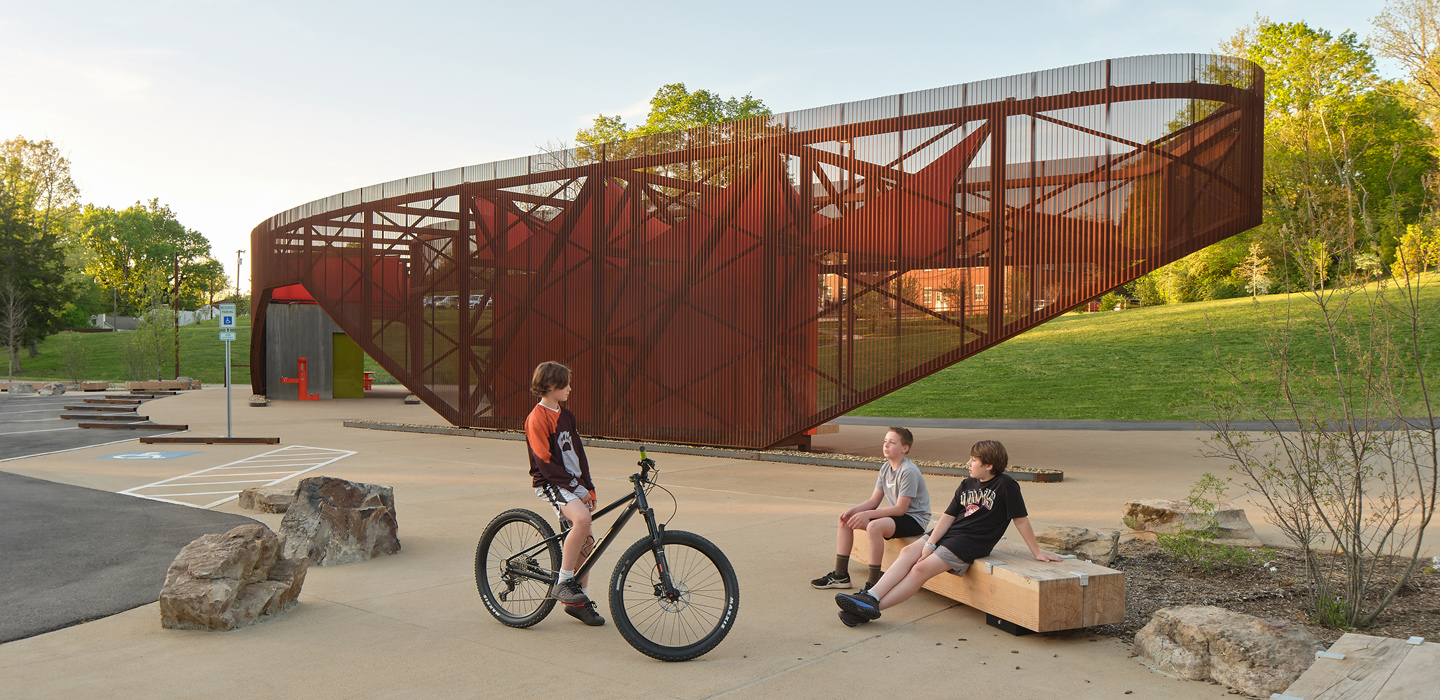
Urban Wilderness Gateway Park*
The Baker Creek Pavilion is a catalytic anchor within the Urban Wilderness Gateway Park project that is transforming the James White Parkway into a 2.2 mile and 112-acre gateway to the Urban Wilderness, an expansive urban trail system in South Knoxville. The pavilion serves as a shade structure at the entry to the multi-use trails and world-class bike park located at Baker Creek Preserve. The pavilion provides amenities including bathrooms, integrated wayfinding, and family gathering spaces. The pavilion frames a large sloping lawn and the cantilevered portion of the steel structure provides uninterrupted views during events at Baker Creek Preserve.
Background
For more than a decade, a number of public and private groups have worked alongside one another to piece together a series of properties, easements, and land use agreements which collectively have become known as Knoxville’s Urban Wilderness. Through collaborative planning efforts, a broad trail and greenway system has emerged, linking a series of important historic and cultural sites to others that serve to re-connect the city while engaging narratives and places that are rooted in Knoxville’s cultural and industrial histories. Now spanning 1000 acres, Knoxville’s Urban Wilderness has become a premier outdoor destination just minutes away from Knoxville’s urban core.
In 2015 Mayor Madeline Rogero successfully ceased a planned five-mile extension of the James White Parkway. This agreement was the culmination of a decades-long struggle with the Tennessee Department of Transportation to end the construction of an expressway that would cut through the heart of the Urban Wilderness. In 2017 Knoxville Mayor Rogero announced an agreement with the TDOT which would transfer the terminus of the James White Parkway to the City. With the acquisition of this property, the City envisioned the transformation of this “Highway to Nowhere” as a celebrated Gateway into a natural resource so many had worked tirelessly to protect.
In 2017 the design team was selected by the City of Knoxville through a competitive qualifications-based process. The design team included architects, landscape urbanists, traffic engineers, ecological consultants, and a graphics team. The team worked together to develop a phased plan that transforms an underutilized piece of urban infrastructure into an urban amenity connecting neighborhoods once divided by a 4-lane highway. The first phase included improvements at Baker Creek Preserve which includes an established and well-known mountain biking trail system located in what was formerly TDOT right-of-way.
Framework
In recent years cities throughout our country have focused on repurposing underutilized or abandoned pieces of urban infrastructure for new uses that promote community connectivity and serve as catalytic economic drivers. New York’s High Line was an early example and Atlanta’s Belt Line a more recent example of this type of intervention with land formerly dedicated to train lines providing the property. In the second half of the 20th century, Knoxville’s development was more auto-dependent so it’s fitting that a divided highway provided the property for this effort.
After the City successfully negotiated an end to the planned extension of the James White Parkway, the design team provided an initial vision for the project which included data supporting the reduction of traffic along this corridor. In this innovative planning effort, an expressway originally designed for high-volume of cars is hacked and adaptively re-used to provide pedestrian and cycling connectivity from Baker Creek Preserve back across the river to the neighborhoods of East Knoxville and Downtown Knoxville. This flip-the-script planning effort, rooted in grass-roots and municipal vision, is a benchmark example of best practice at a national level.
The initial phase focused on improvements at Baker Creek Preserve, the epicenter of the grass-roots efforts that originally established Knoxville’s Urban Wilderness which led to the halt of further construction of the Parkway. Momentum established during this phase helped provide further justification for the second phase of the project which will transform the northbound lanes to a 2.2-mile linear park.
Impact
The first phase of the Urban Wilderness Gateway Park project has been a catalyst to a much larger, more ambitious planning effort that seeks to reconnect Knoxville’s disconnected urban neighborhoods through a network of parks and trails that celebrate Knoxville’s rich cultural history and industrial heritage. Design work started in 2017 with the first phase fully completed in Spring of 2024. The Urban Wilderness Gateway Park project was an integral part of the City of Knoxville’s application for a 2024 Federal Reconnecting Communities program which is part of the Bipartisan Infrastructure Legislation. The City was awarded $42.6M as part of this program, money that will be used to fund Phase 2 of the park along with other key projects in East Knoxville neighborhoods that were ravaged during the Urban Renewal era.
With a current walk score of 31, Knoxville is considered a car dependent city. The Urban Wilderness Gateway Park and the larger Reconnecting Communities framework offers healthy alternatives to vehicular commuting by providing the key link to Knoxville’s growing but still disconnected greenway system. This expanded transit network will provide further support to new nodal development already occurring within existing neighborhoods which will provide walkable alternatives and decrease the community’s reliance on automobiles.
Phase 1 of the project includes the Baker Creek Pavilion which is envisioned as a central hub for bicycle activities within the Urban Wilderness and will include facilities for bicycle storage and repair as well as wayfinding and orientation elements associated with the trail system. The building is designed to support daily functions as well as seasonal events such as the Appalachian Mountain Biking Club Fall Festival which brings people to Knoxville from around the country. Overall, the project is representative of Knoxville’s stake in national leadership in design excellence at both planning and architectural scales.
*Project completed in collaboration with PORT Urbanism

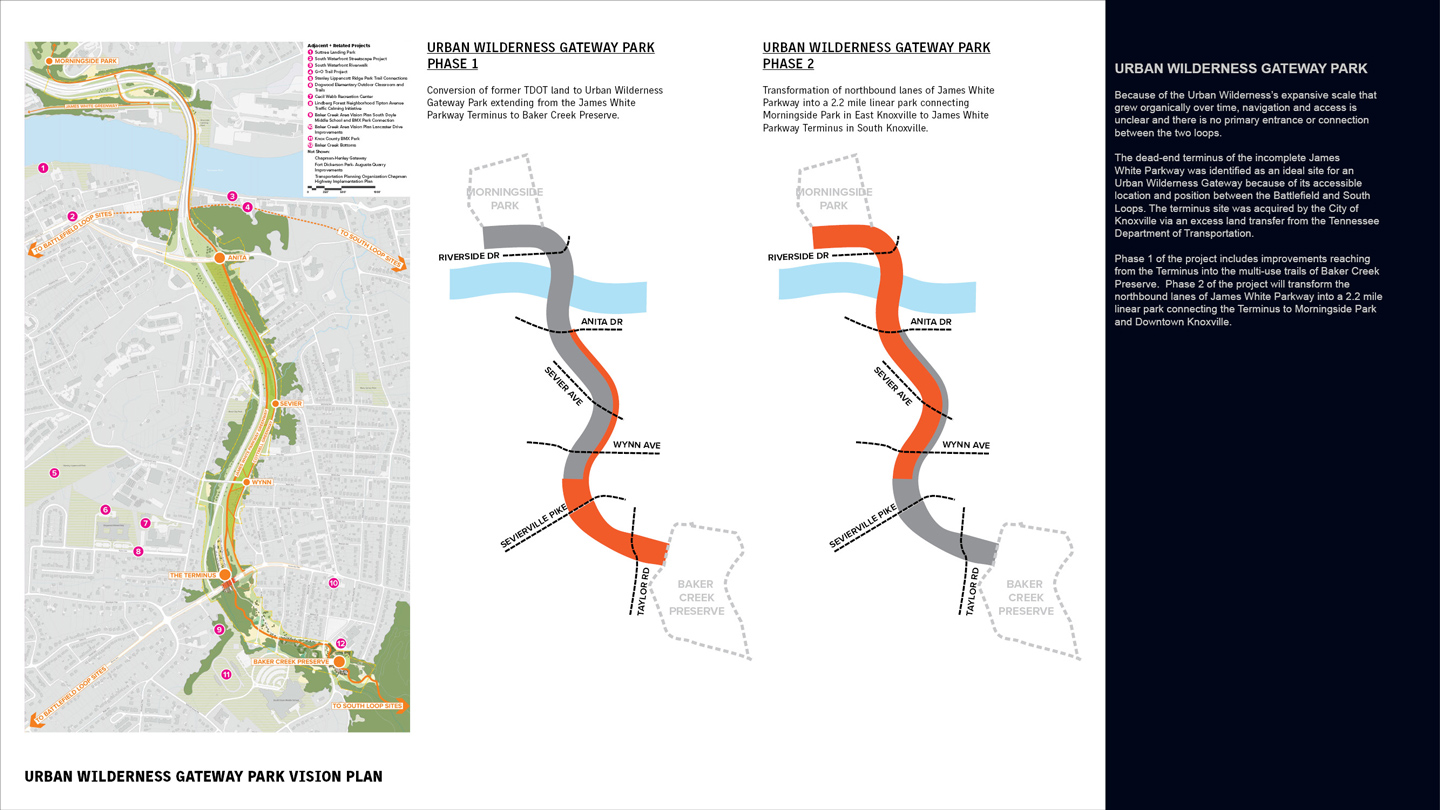

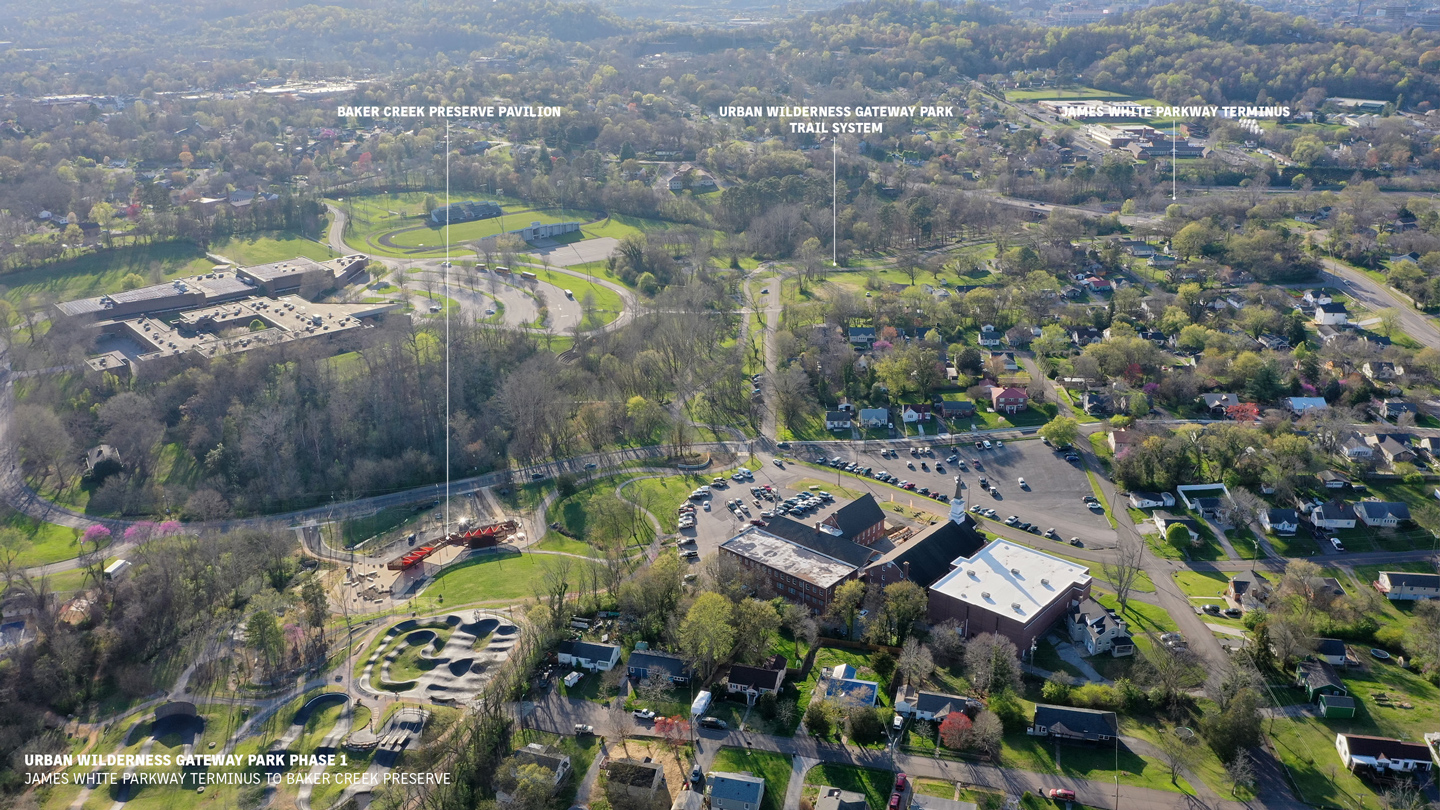
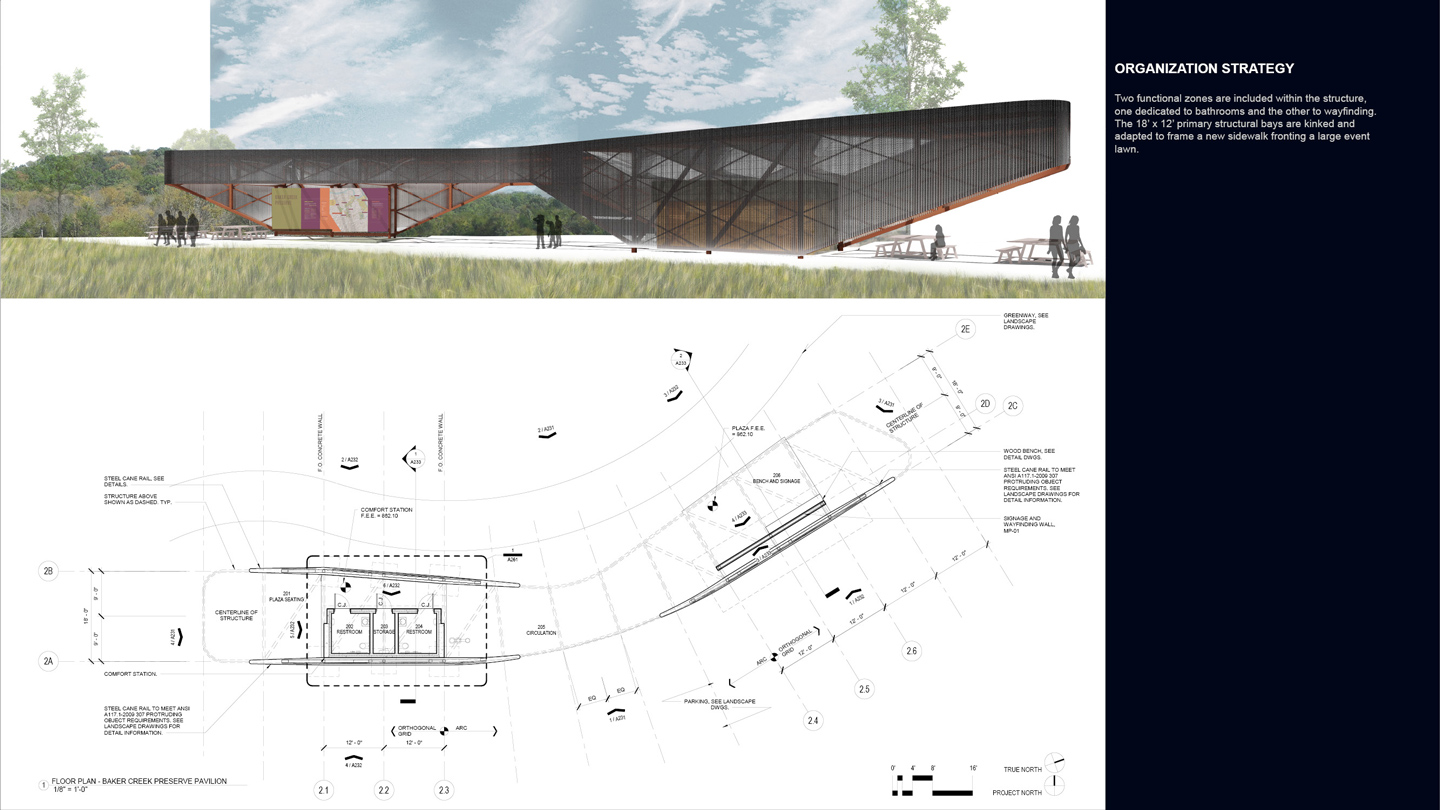
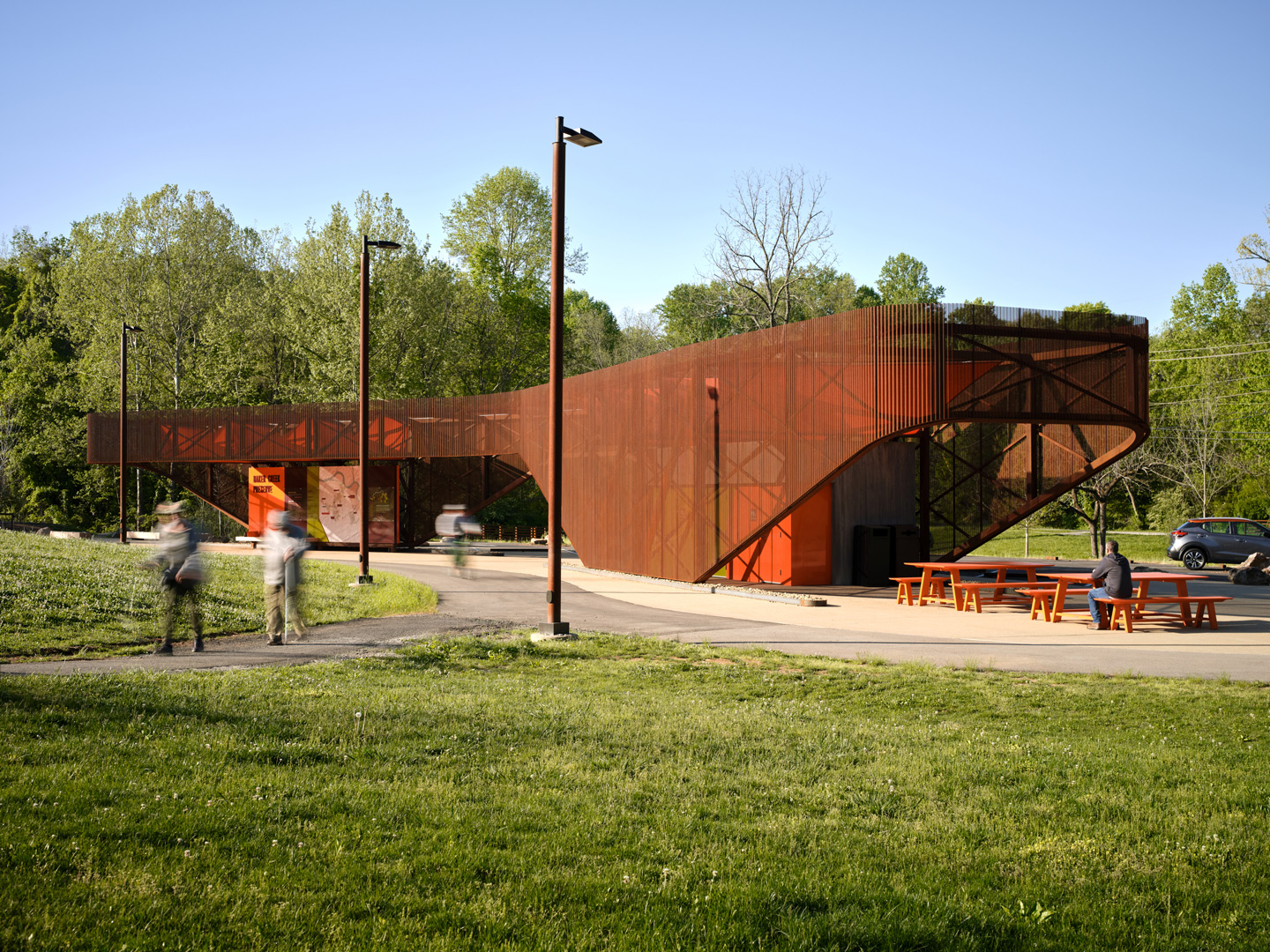

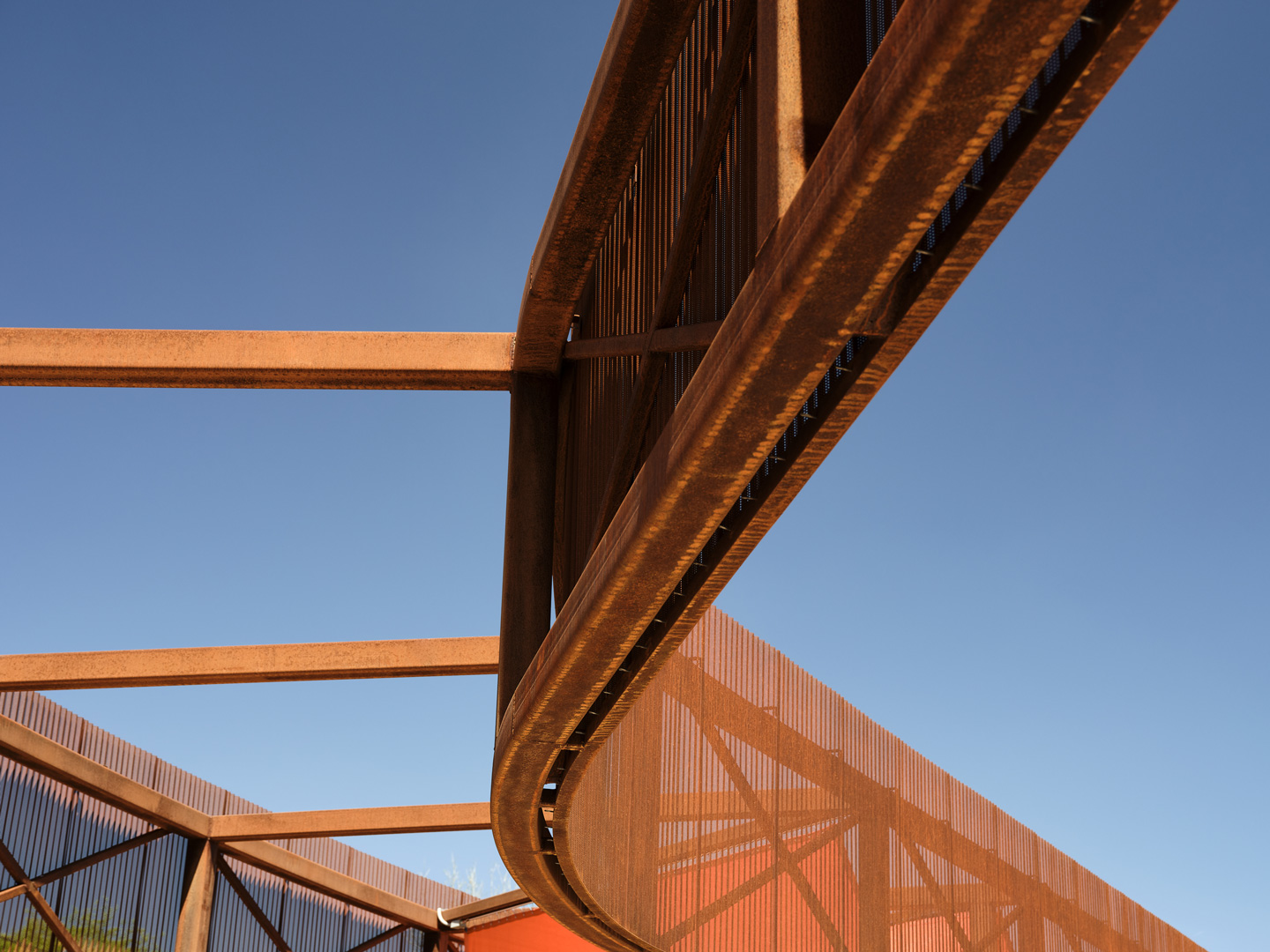
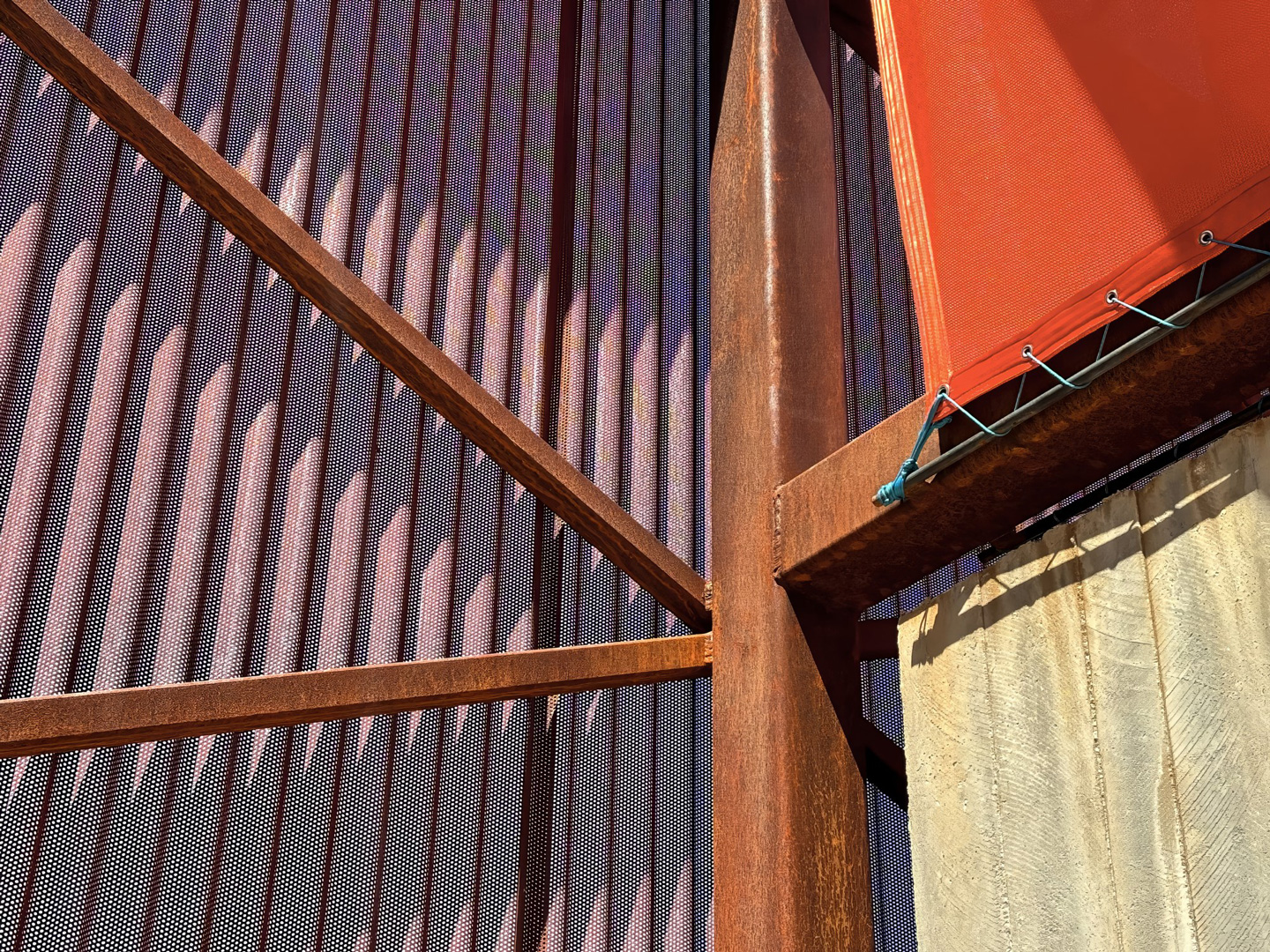




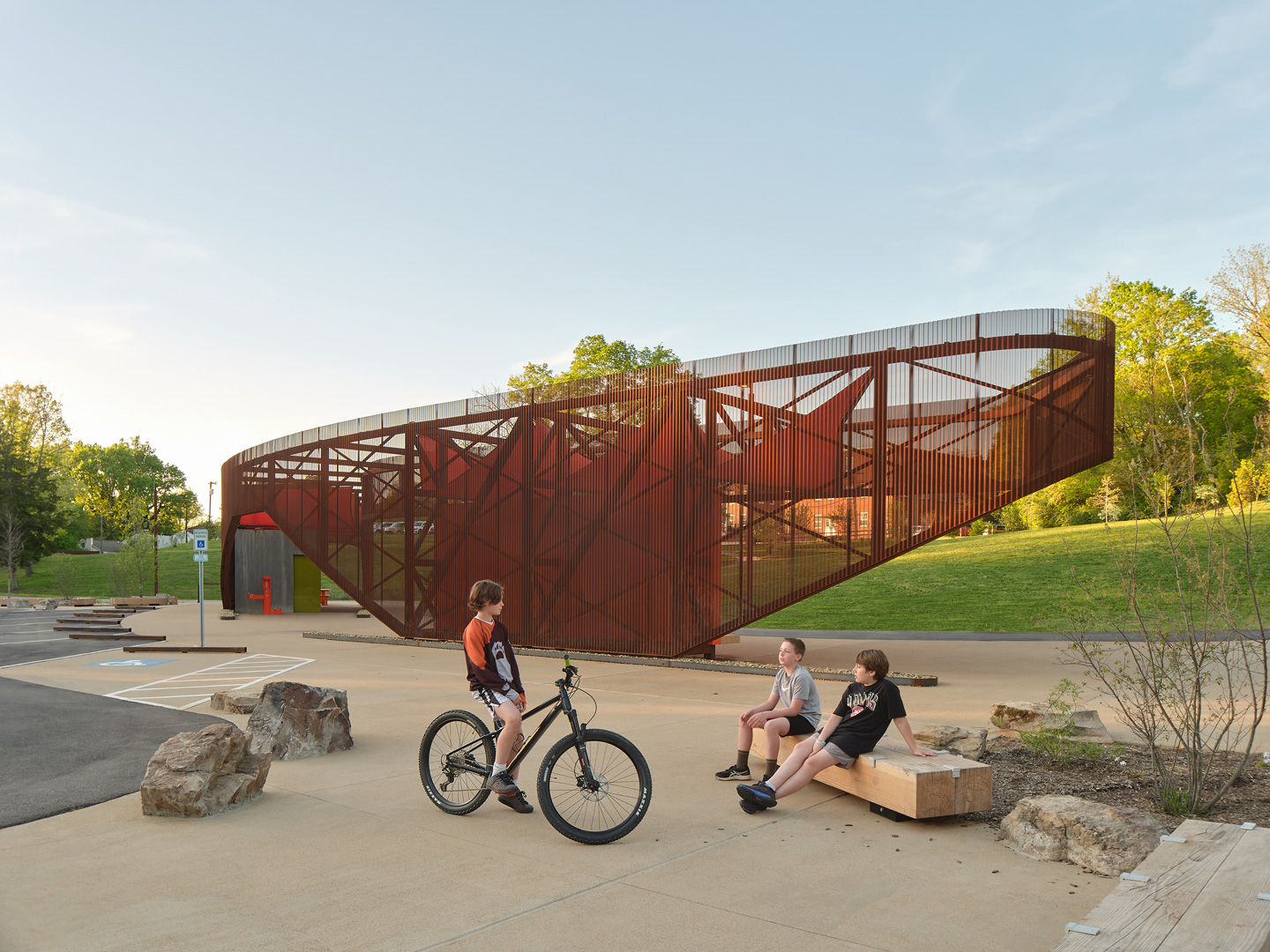
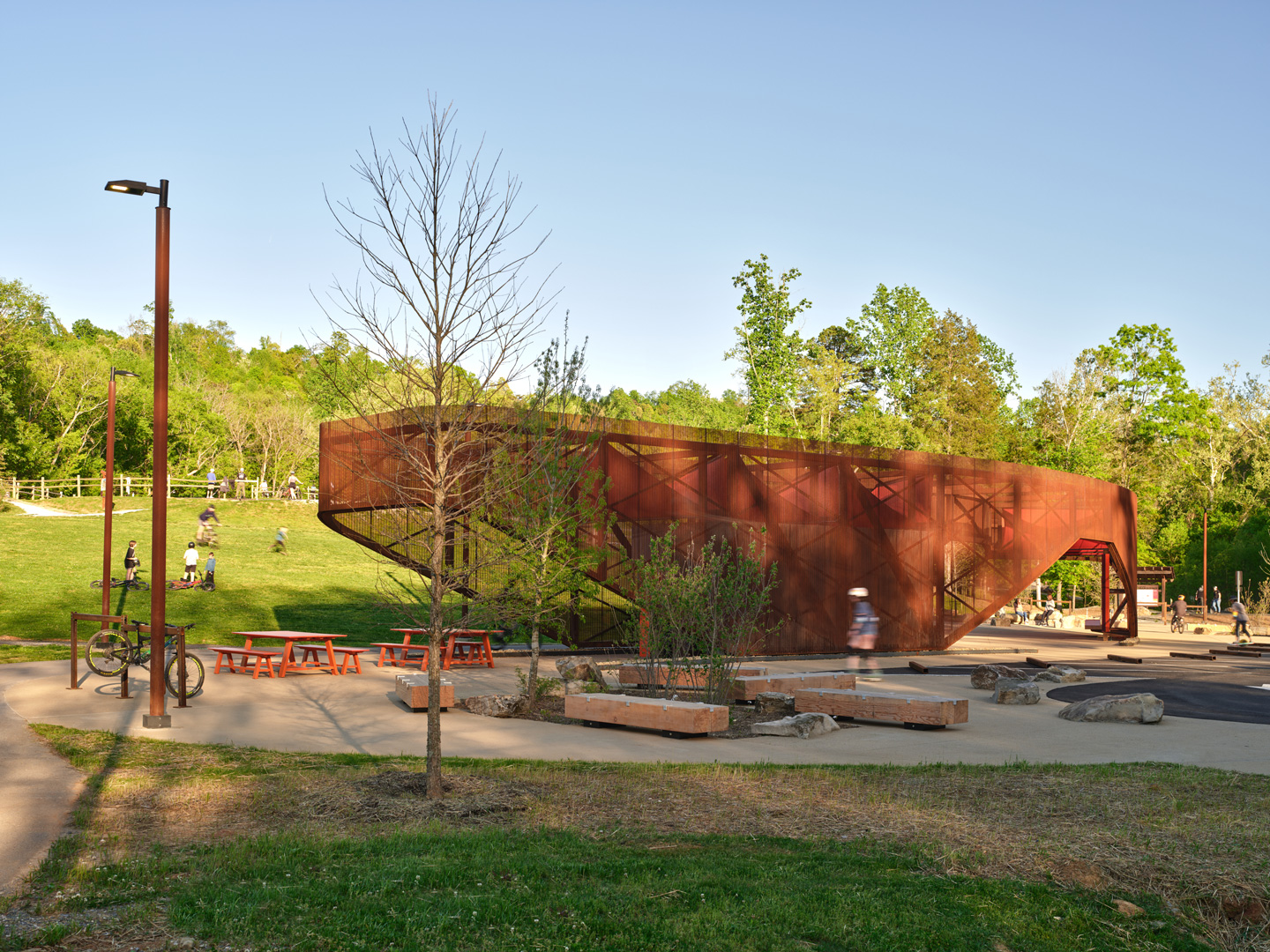

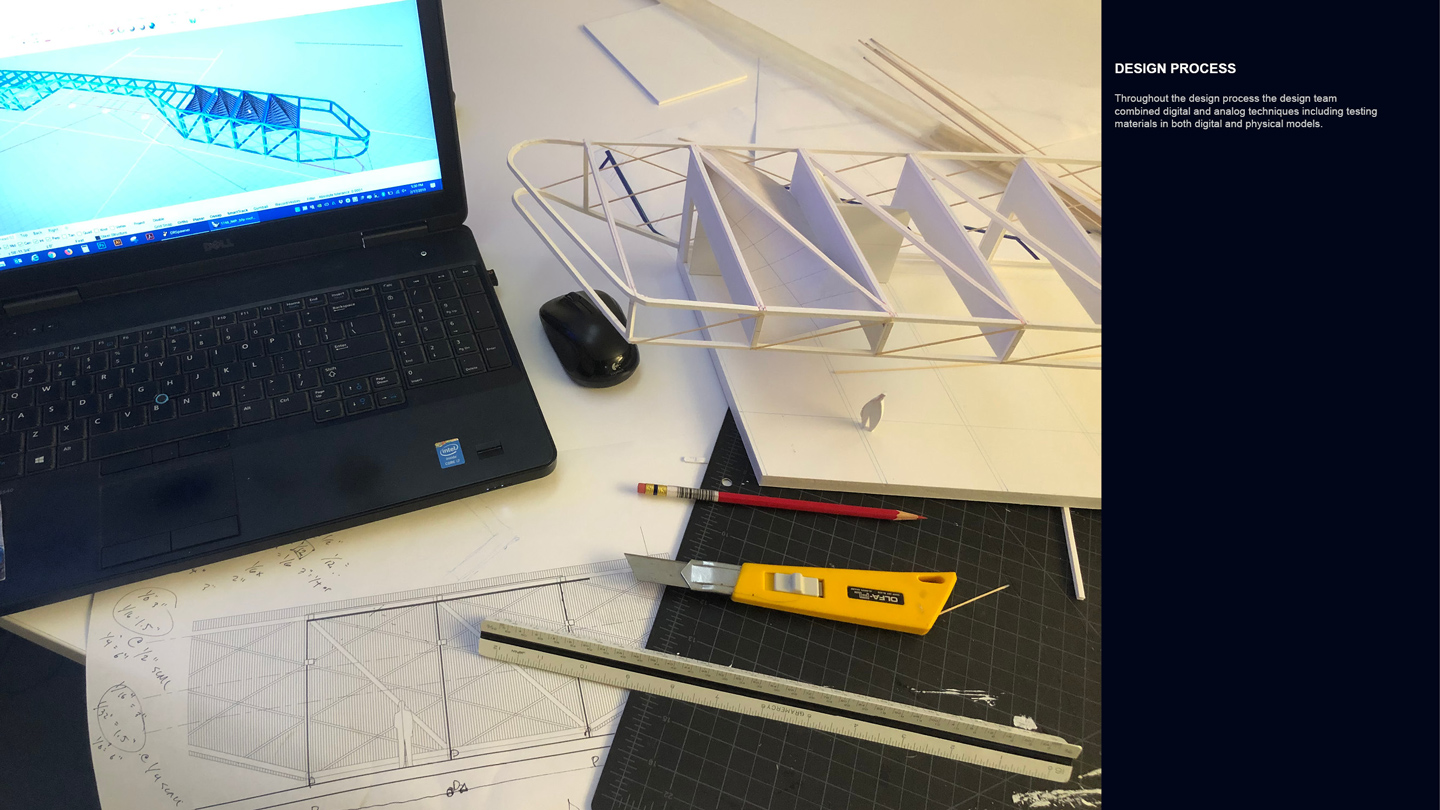


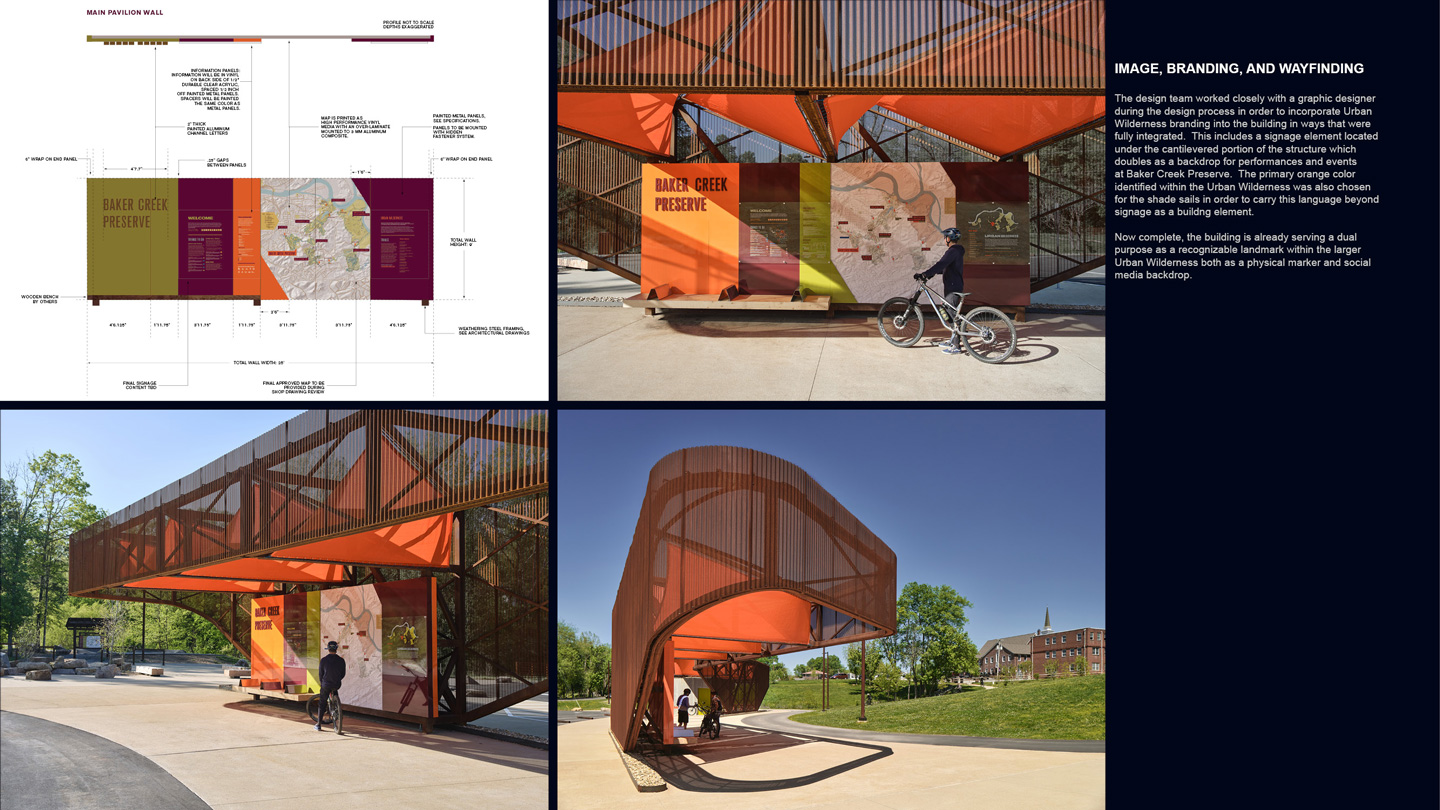
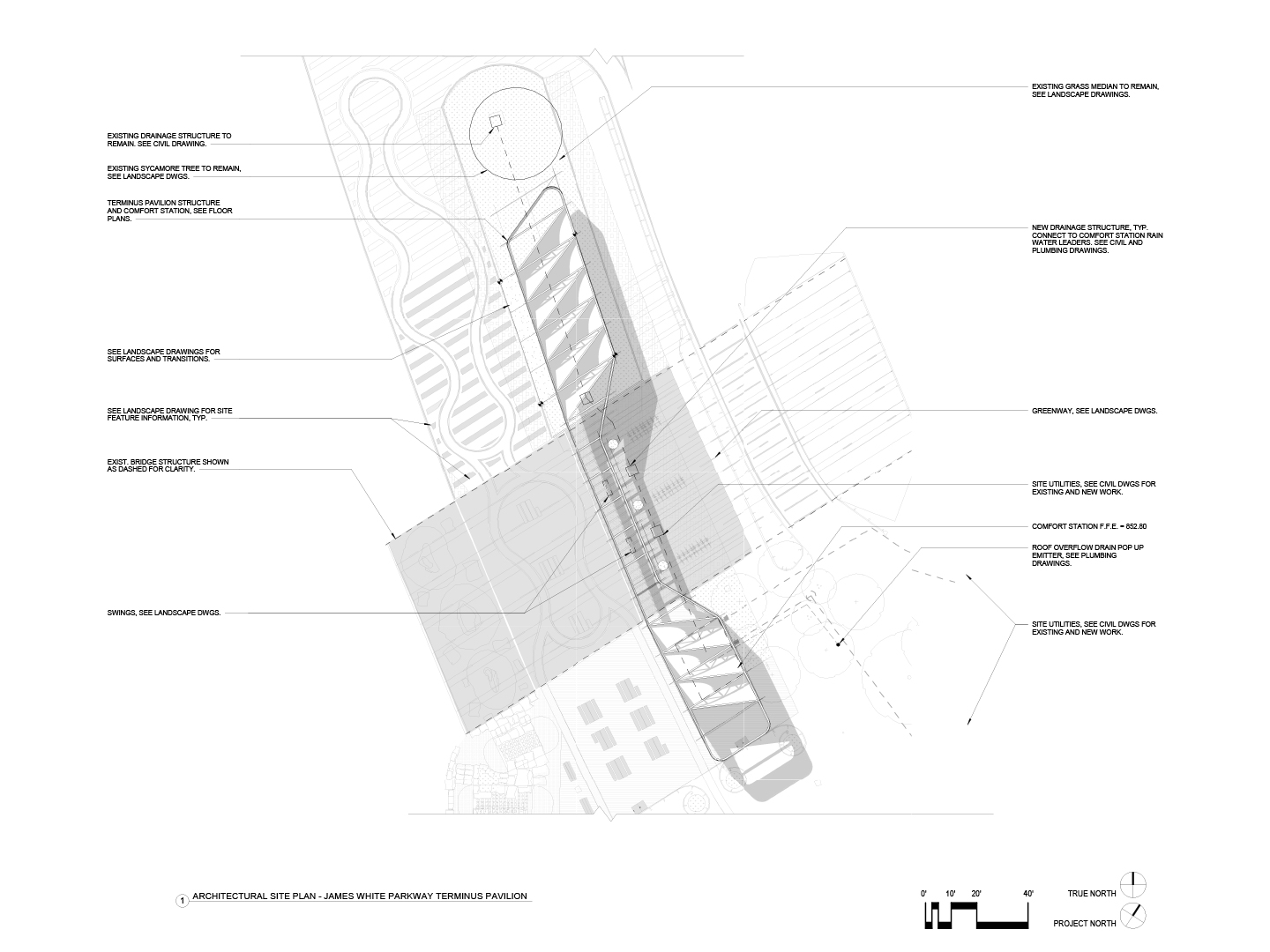
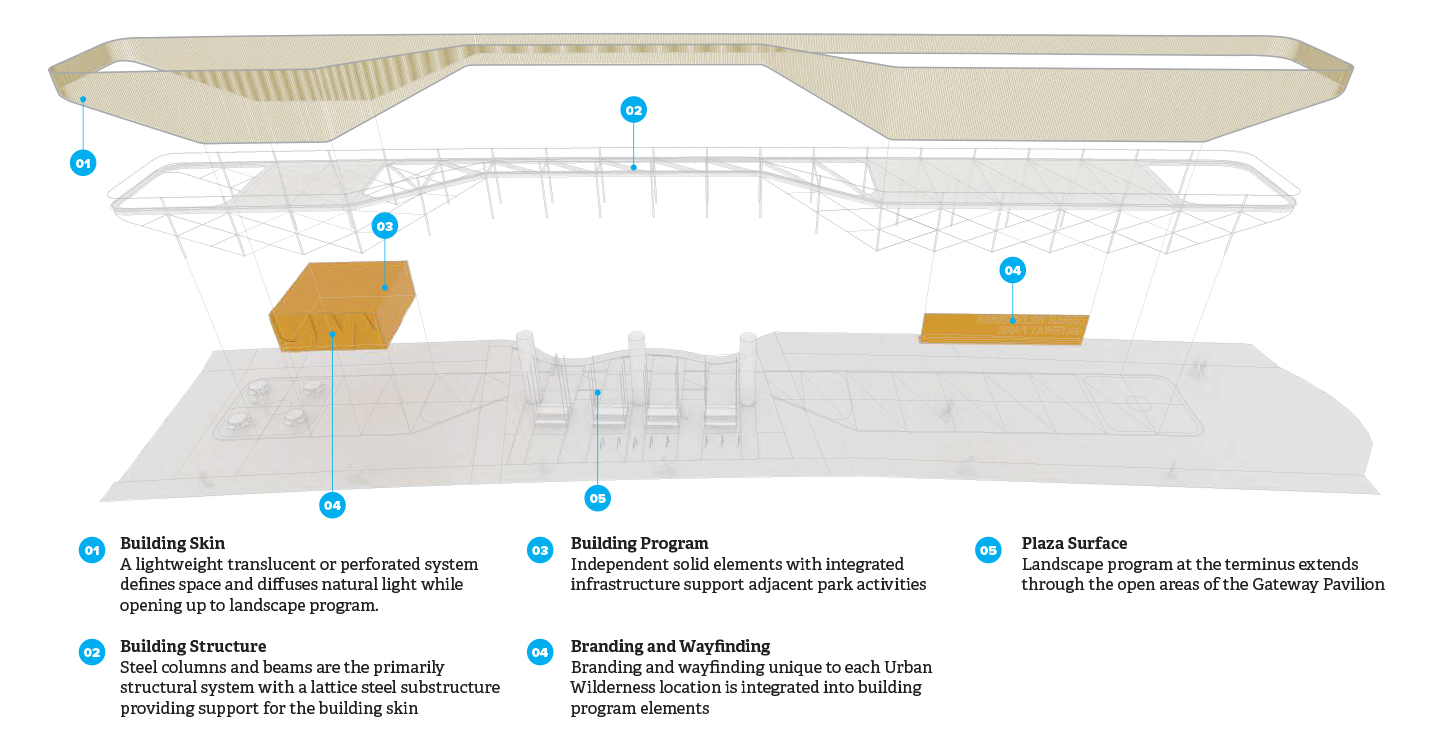
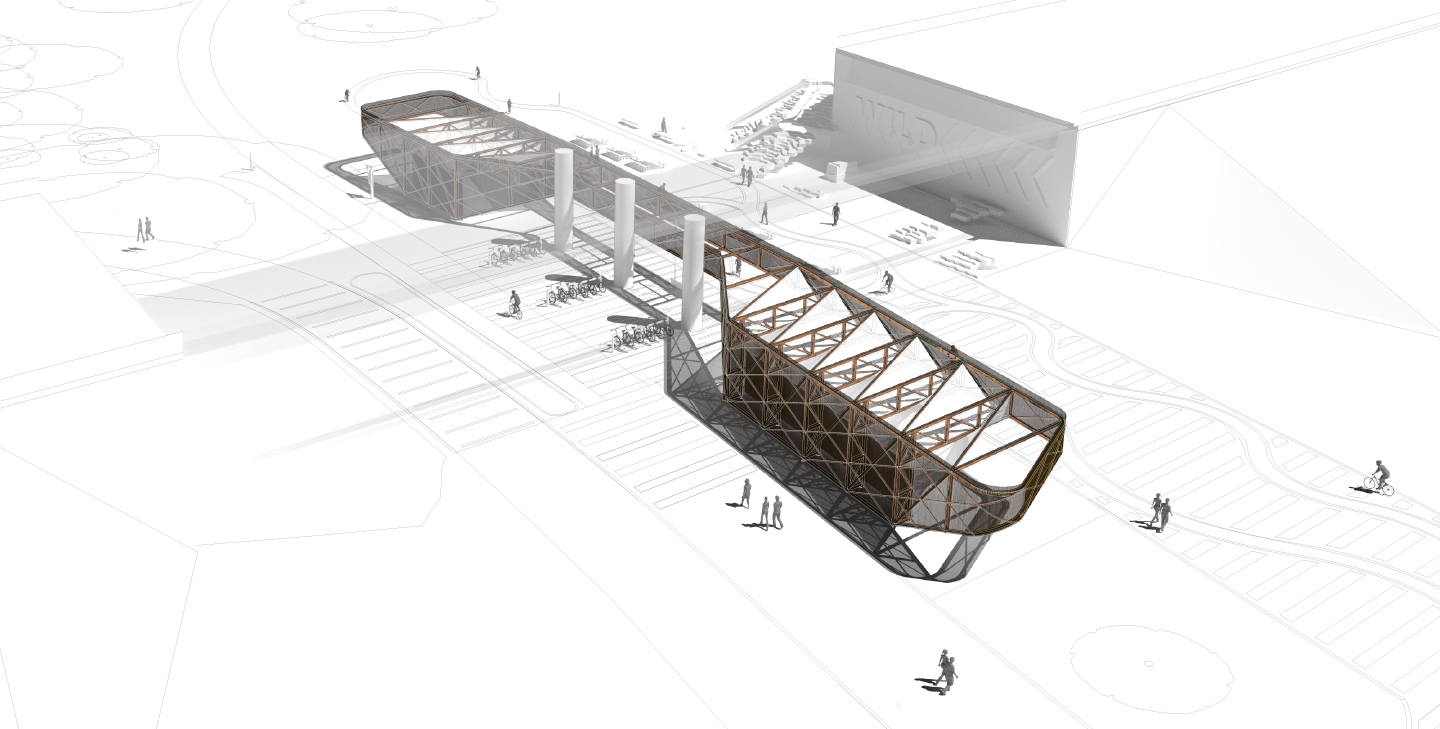
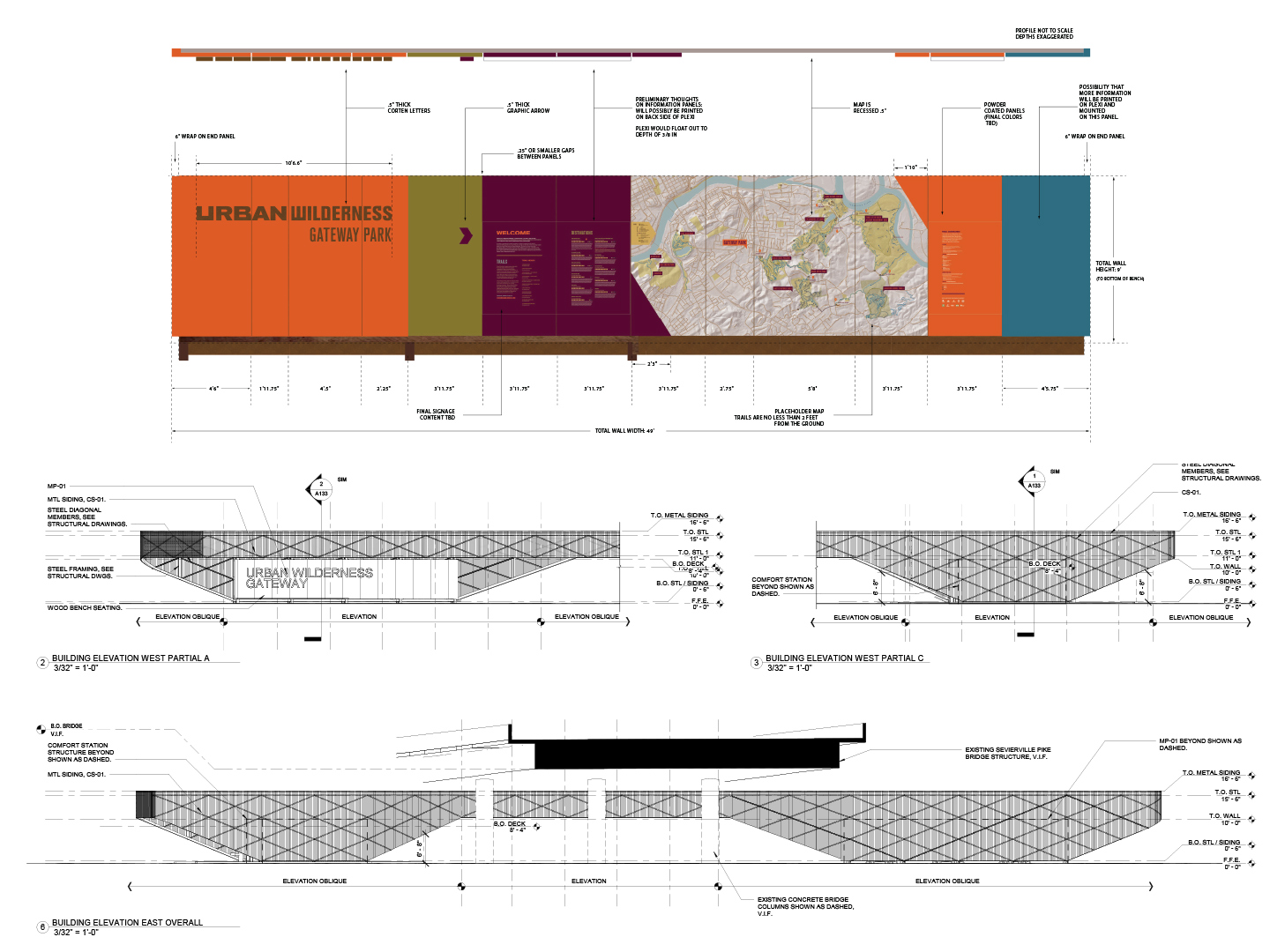
Client:
The City of Knoxville
Size:
2.2 Linear Miles, 113 AcresCost:
$9.3 Million (Phase 1)Completion Date:
Winter 2020 (Phase 1)Project Team:
PORT Urbanism – Landscape Architecture
Andrew Moddrell (Principal in Charge)
Megan Born
Sean McKay
Brandon Biederman
Nick McClintock
Fran Xavier
Sanders Pace Architecture – Architecture
Brandon F. Pace, FAIA LEED AP (Principal in Charge)
John L. Sanders, FAIA LEED AP
Daniel A. Jones, AIA
Michael K. Aktalay, Assoc. AIA
Keith Kaseman, Assoc. AIA
Alec T. Persch, Assoc. AIA
Robin Easter Design – Graphic Design
Robin Easter
Whitney Sanders
Deb Schmerler
Chris Brown
Photo Credits:
Keith Isaacs Photo
PORT Urbanism
Sanders Pace Architecture
Recognition:
AIA Tennessee Award of Excellence 2024
AIA East Tennessee Honor Award 2024
ASLA Illinois Award of Honor 2019, Community Event
ASLA Illinois Award of Merit 2019, Framework Plan
ASLA Tennessee Award of Honor 2019, Community Event
ASLA Tennessee Award of Merit 2019, Framework Plan
“Fewer Lanes More Wilderness” – Architects Newspaper, August 7 2024.